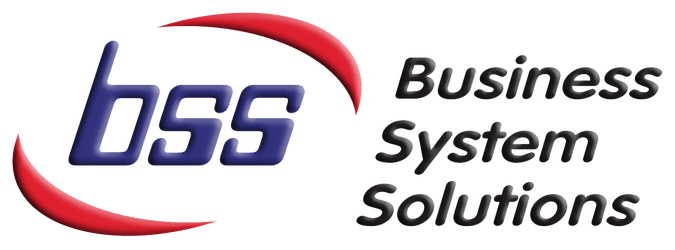 The more you're around workstations the more you're aware that there are people out there looking to break into those workstations. However, today's threats aren't so much in damaging workstations through viruses; No, today we're being attacked by Malware - malicious software that tries to obtain user credit card information, login passwords, or extort cash.
The more you're around workstations the more you're aware that there are people out there looking to break into those workstations. However, today's threats aren't so much in damaging workstations through viruses; No, today we're being attacked by Malware - malicious software that tries to obtain user credit card information, login passwords, or extort cash.
Users infected with malware will notice various issues on their workstations. A user may see:
- A warning that the FBI has seen the workstation accessing child pornography
- A security software has recognized known threats
- A notice that their personal files have been encrypted
These notices may look real, but are pretty transpicuous if examined carefully. Here are a few tips for identifying malware:
- The name of the program reporting you have multiple viruses will be the name of a software you never installed
- There is a request for money to unlock your files or clean your system
- You're told you need to take urgent action to protect your files
The messages your users will receive will be meant to scare them into providing information they normally wouldn't give out. Because of the supposed urgency to correct the problems, however, many users will give out passwords and credit card information.
Take the time to inform your users that there are new threats on the internet -- that there are bad guys looking to get their payment information and login credentials. Without your help, your company could become a breeding ground for malware to proliferate.
Additionally, take steps to help stop malware from infecting your systems. Some steps you can take to prevent infection may include:
Install anti-malware software - There are many options available, including MalwareBytes, Spybot, SuperAntiSpyware, and HijackThis. Many offer free, as well as paid subscriptions, that will actively protect workstations from attacks.
Limit users' privileges - I understand that some users will require more privileges than others but this can be a dangerous road to take. The more privileges a user has, the easier it is for malware to infect the workstation. Give users the permissions they need and leave it at that.
Take the workstation offline - This is a drastic step but one that could be required if a user constantly re-infects their system. Being offline will practically guarantee they won't be infected with malware.
For additional tips on keeping your network safe, subscribe to our newsletter below or by clicking THIS LINK.




